10 Common Swimming Pool Myths: Busted!
-
- Last updated:
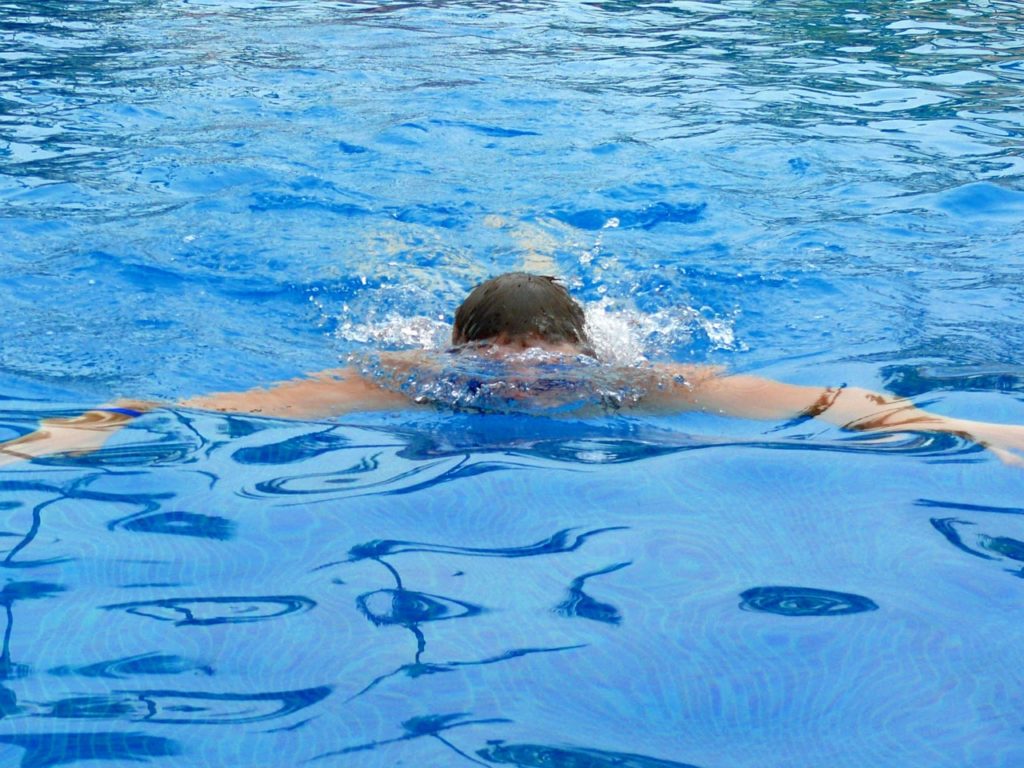

There are common myths most people have heard about swimming pools since they were kids. Like most myths, there is little or no truth to them, or it’s been twisted so badly out of shape that it’s not recognizable anymore. Today, we’re going to help dispel some of those myths and clear up the confusion.

The 10 Common Swimming Pool Myths
1. Clear Water Is Clean Water
Nope. Clear water simply means there is no visible algae growing in the water. If there were, the water would be turning green, or there would be green slime on the bottom or sides of the pool. If you’ve ever gone swimming in a fast-moving creek, you know there can be all kinds of underwater moss growing in crystal clear water that tastes great.
The clarity of the water doesn’t tell you anything about the microbes in the water – how many there are, what kind, how dangerous they can be, or anything else. Your nose and tongue will tell you more about it than your eyes. If the water has a strange smell or taste to it, it means it’s loaded with microscopic organisms, some of which may be harmful.
2. The Smell Of Chemicals Means Clean Water
Sorry, Charlie. That myth is busted, too. Chlorine is used in swimming pools to kill germs, but when it binds to the contaminants swimmers bring into pools such as sweat and urine, it can form chemicals known as chloramines. When you detect a strong chemical smell around the swimming pool, you’re almost certainly smelling the chloramines. That means the water is anything but clean. Truly clean pool water actually has very little smell to it at all.
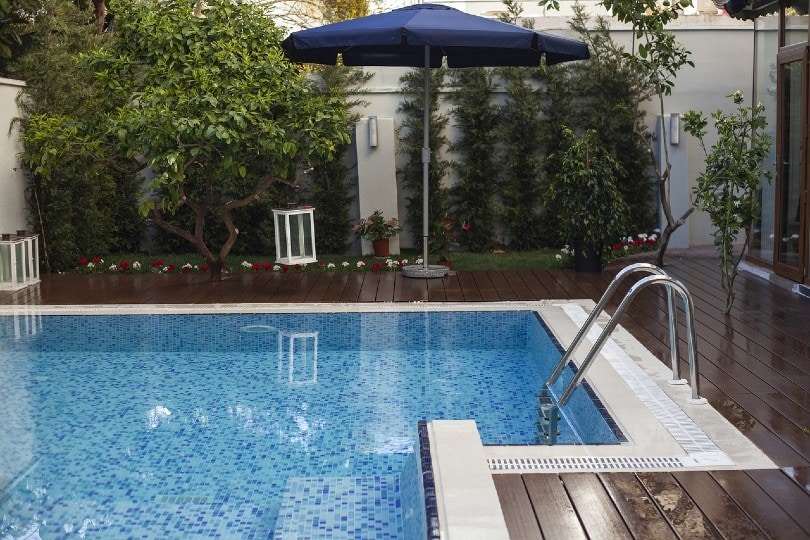
3. You Can’t Get Sick From Pool Water
Wrong again. Bacteria and other microbes can survive for extended times in swimming pools that don’t have enough chlorine or the right pH balance. Although swimming is a wonderful way to exercise and gives you a tremendous cardiovascular workout, splashing around in germ-laden water, or swallowing it, can leave you sick as a dog in no time.
Recreational Water Illnesses (RWI’s) can be caused by an alphabet soup of germs, viruses, and bacteria. Some, but not all of them, are: cryptosporidium, pseudomonas, shigella, legionella, norovirus, and E. coli. You may not have heard of all of these, but almost everyone has heard of E. coli. It’s usually found in contaminated food, but swimming pools can carry it too. So yes, you can definitely get sick from pool water.
4. Chlorine Kills Germs
Yes and no. Yes, chlorine kills germs and bacteria. That’s why it’s used in swimming pools. The problem is, it takes time to do it. Cryptosporidium bacteria can survive, even in properly treated water for days. If you suspect the presence of germs or bacteria in your pool water, adjust the chlorine levels in the pool until the pH level reaches 7.2-7.6, then wait five days to give it a chance to work before going back in the water.
5. Red Eyes Mean Too Much Chlorine
Actually, it’s the other way around. Red eyes and itchy skin are caused by chloramines and/or improper pH levels in the swimming pool. You need more chlorine to eliminate chloramines and sanitize the water.
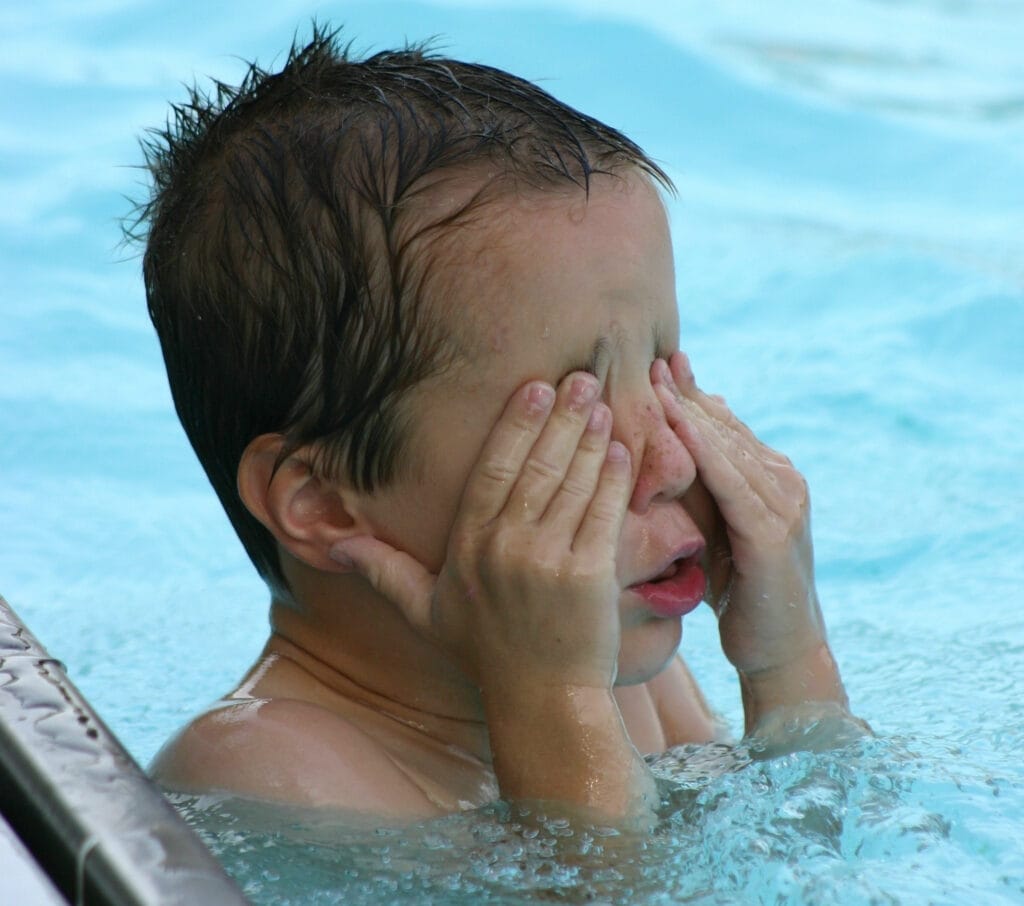
6. No Need To Shower Before Getting In The Pool
As we’ve already seen, chloramines are caused by the contaminants swimmers bring into pools such as sweat and urine. Even if you’ve already showered that morning, you still need step under the shower nozzle for a minute to wash away anything that might have accumulated or built up on your body since then. Otherwise, you’re contaminating the water the moment you set foot in it.
7. Wait An Hour After Eating To Go Swimming To Prevent Cramps
This one is kinda true. When you’ve got a full stomach, your body sends more blood to it to aid in the digestive process. You’ve only got so much blood in your body so if one part gets more, the other parts necessarily get less. Less blood in your muscles can lead to cramping if you overwork them. However, if you eat a light meal and ease back into swimming rather than jumping in to play a rough-and-tumble game of water polo, you should be fine.
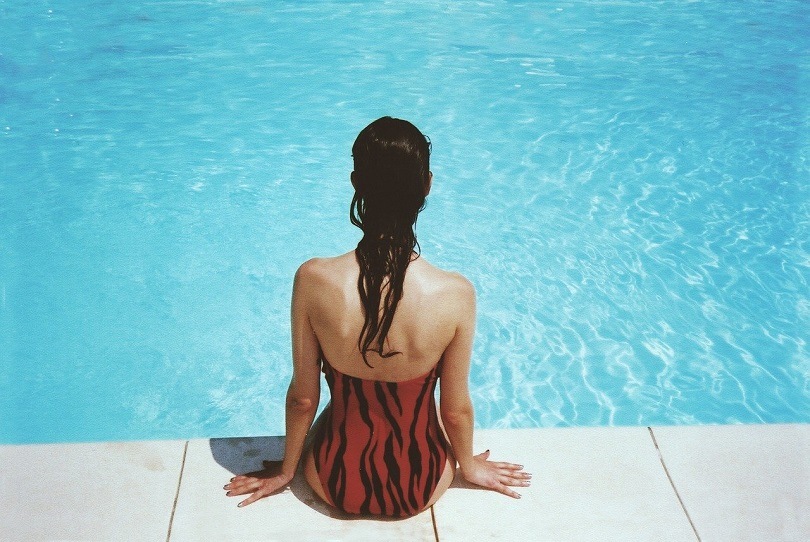
8. Chlorine Turns Blond Hair Green
Not a chance. Chlorine doesn’t do anything to the color of your hair, but copper does. Some algaecides are copper-based, and the oxidized metals in the water can attach themselves to the proteins in your hair. Don’t worry though, it’s temporary. You can remove it by shampooing with a shampoo that strips the color out of hair. You can even avoid it by conditioning your hair before you get in the water. But chlorine doesn’t have a thing to do with it.
9. Pee In The Pool Turns Blue
This is great for laughs in the movies but there’s simply no such thing. It’s just a scare tactic used by parents to keep their children from peeing in the pool. Oddly enough, it turns out that over 52% of adults believe this urban legend.
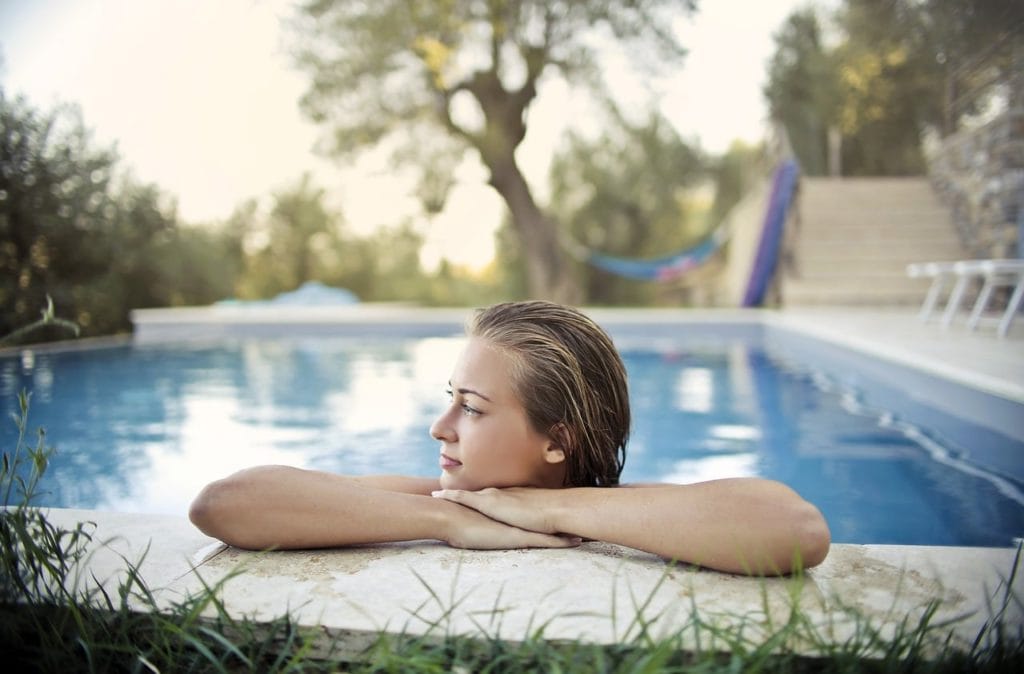
10. There’s No Chlorine In A Saltwater Pool
Absolutely false. Saltwater pools generate chlorine by the use of parallel titanium plates in an electrical process known as electrolysis. It creates chlorine from the dissolved salt in the water. In addition, you still have to shock the pool using powdered chlorine to sanitize the water and prevent algae. There’s just as much chlorine in a saltwater pool as there is in any other kind. The only difference is the way the chlorine gets into the water.
Hopefully, this has busted a few of the more common myths surrounding swimming pools and their water.
Featured Image Credit: Pixabay
Contents

